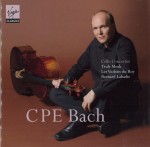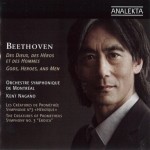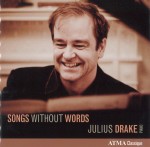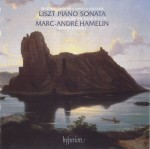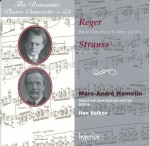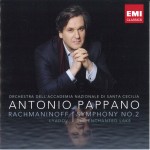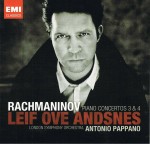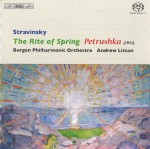CPE Bach - Cello Concertos - Truls Mørk; Les Violons du Roy; Bernard Labadie
Truls Mørk; Les Violons du Roy; Bernard Labadie
Virgin Classics 50999 6944920 8
Soloist, orchestra and conductor are in perfect synch on this beautiful and stylish recording of the rarely-heard cello concertos of CPE Bach. Written between 1750 and 1752, the three concertos are fascinating and challenging works and very different from one another. The fascination lies in the emerging galant style of composition. The nine movements display a wide variety of colours, tempi – sometimes fluctuating wildly in the same movement – and harmonic language. Though written in the mid-eighteenth century, the Baroque era is clearly behind us now, stylistically.
The solo playing of the Norwegian cellist Truls Mørk is full of depth, bursting with virtuosity and gloriously free and imaginative. He handles the technical challenges of the quick movements with panache, and displays a sweet, transparent and vulnerable sense of line in the slow movements. There are many moments of sublime beauty in these pieces and Mørk doesn’t shy away from them.
Bernard Labadie and Les Violons du Roy infuse these pieces with tremendous energy and are a great support and foil to Mørk’s playing. There’s a detailed dialogue going on throughout in the tradition of great chamber playing. Special mention must be made of orchestra cellist Benoit Loiselle who partners from time to time with Mørk in two cello passage work.
One further interesting aspect of this recording is the varied cadenzas – one by Mørk, one by CPE Bach and one by the great Dutch baroque cellist Anner Bylsma.


